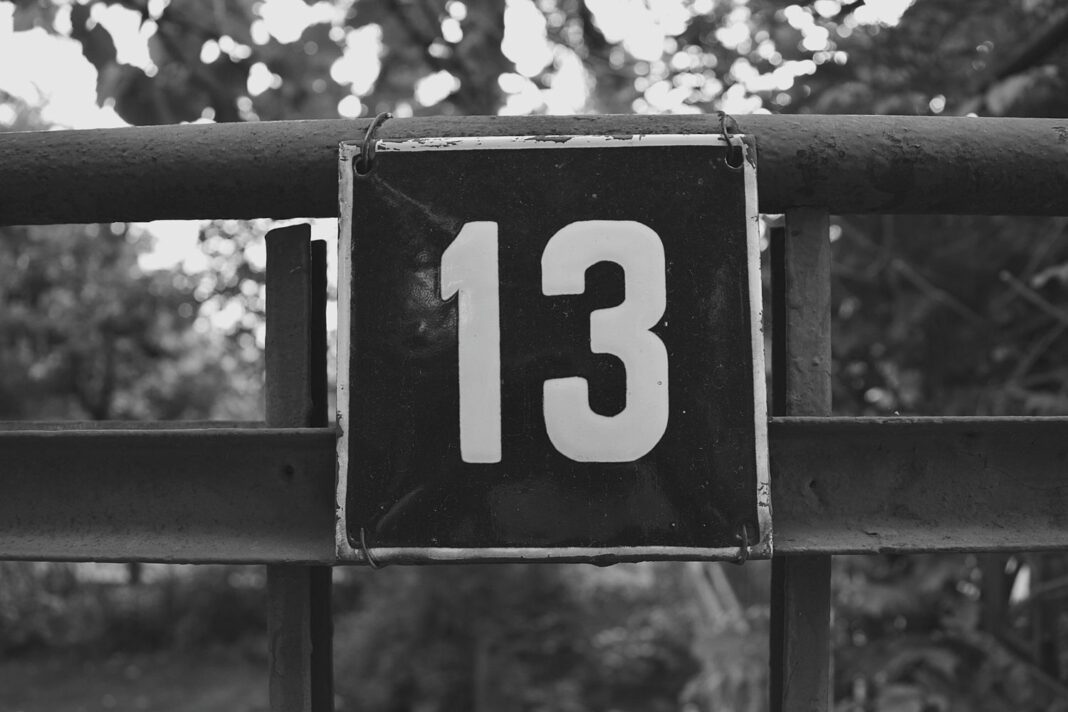Triskaidekaphobia, the fear of the number 13, is a widespread phobia that transcends cultural boundaries, impacting individuals around the world. Despite its seemingly irrational nature, triskaidekaphobia can trigger significant anxiety and avoidance behaviors in those affected. Exploring the origins, manifestations, and coping mechanisms associated with this fear sheds light on its complexity.
Origins of Triskaidekaphobia:
The fear of the number 13 has deep historical roots, with origins dating back to ancient civilizations such as the Babylonians and Norse mythology. In Christianity, the Last Supper, where Judas Iscariot was the 13th guest, is often cited as a source of superstition surrounding the number. Additionally, various cultural beliefs and folklore have perpetuated the notion that 13 brings misfortune or bad luck.
Manifestations and Impact:
Triskaidekaphobia manifests differently in individuals, ranging from mild discomfort to severe anxiety and panic attacks. Avoidance behaviors, such as avoiding events or activities falling on the 13th day of the month or refusing to live or work in buildings with 13th floors, are common among those with this phobia. In extreme cases, triskaidekaphobia can significantly impair daily functioning and quality of life.
Cultural and Societal Influences:
Cultural representations of the number 13 in literature, film, and popular culture further reinforce triskaidekaphobia. Films like “Friday the 13th” and superstitions surrounding Friday the 13th as an unlucky day perpetuate the fear in mainstream media. Additionally, the absence of the 13th floor in many buildings contributes to the stigmatization of the number.
Coping Strategies:
Coping with triskaidekaphobia involves various strategies tailored to individual preferences and severity of the phobia. Cognitive-behavioral therapy (CBT) is a common treatment approach, helping individuals identify and challenge irrational beliefs about the number 13. Gradual exposure therapy allows patients to confront their fear in a controlled manner, gradually reducing anxiety over time. Mindfulness techniques, relaxation exercises, and support groups can also complement therapy and provide additional coping mechanisms.
Seeking Support:
If triskaidekaphobia significantly impacts your daily life or causes distress, seeking support from a mental health professional is crucial. Psychologists, therapists, and counselors can provide personalized treatment plans and support to help individuals manage their fear of the number 13 effectively. Additionally, connecting with support groups or online communities can offer valuable encouragement and solidarity from others facing similar challenges.
Conclusion:
Triskaidekaphobia, the fear of the number 13, may seem irrational to some, but for those affected, it’s a very real and distressing phobia. By understanding its origins, manifestations, and cultural influences, individuals can work towards overcoming this fear and reclaiming control over their lives. With the right support, coping strategies, and treatment, it’s possible to navigate the complexities of triskaidekaphobia and live a fulfilling life free from the constraints of fear. Remember, you’re not alone, and help is available.
Source – medical news today



